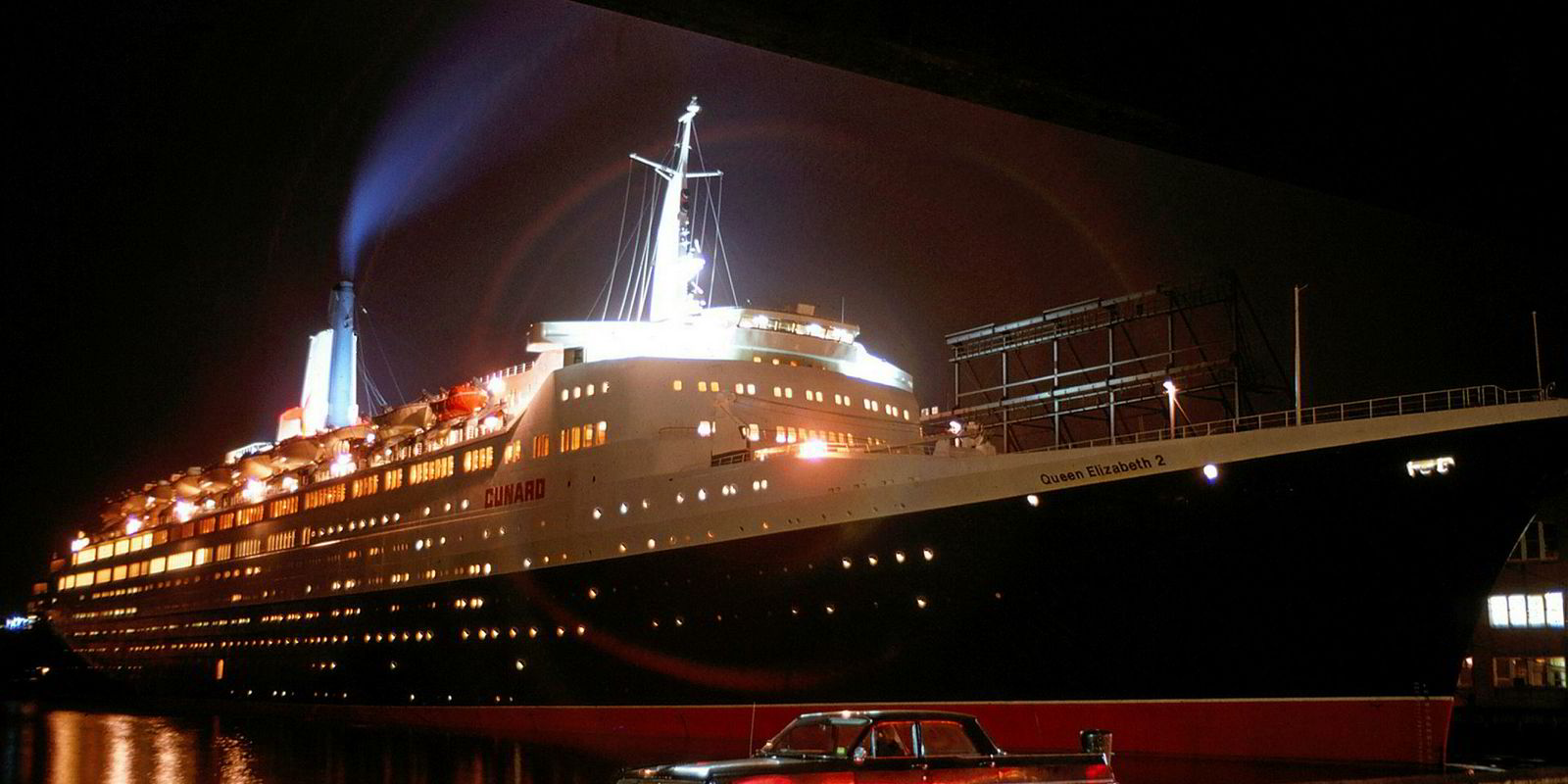Turning an old cruiseship into a floating hotel seems an easy task on paper. Already equipped with hotel infrastructure, it just needs a quick spruce-up and some suitable dock space, right?
Not so, say the people who have been turning the Queen Elizabeth 2 into Dubai’s newest hotel.
There is a reason old ships are retired. After decades of constant service, their physical infrastructure is usually worn out. The Queen Elizabeth 2 was no exception when it arrived in Dubai after spending 40 bruising years pounding its way through the rough waters of the Atlantic.
To prepare the ship for its new role, PCFC Hotels, a subsidiary of Port, Customs and Free Zone Corp, a Government of Dubai entity, has had to rehabilitate its fabric thoroughly. At the same time, care has had to be taken not to destroy the essence of the ship that made it so famous in the first place.
“We have a monumental piece of history that we want to restore and share with the world,” explains Walter Knight, a South Africa-born hotelier who is the Queen Elizabeth 2’s director of operations and general manager. “We could have taken the easy way by gutting the ship and starting again, but if we had done that, it would no longer have been the Queen Elizabeth 2. We might as well have gone for a newbuilding.”
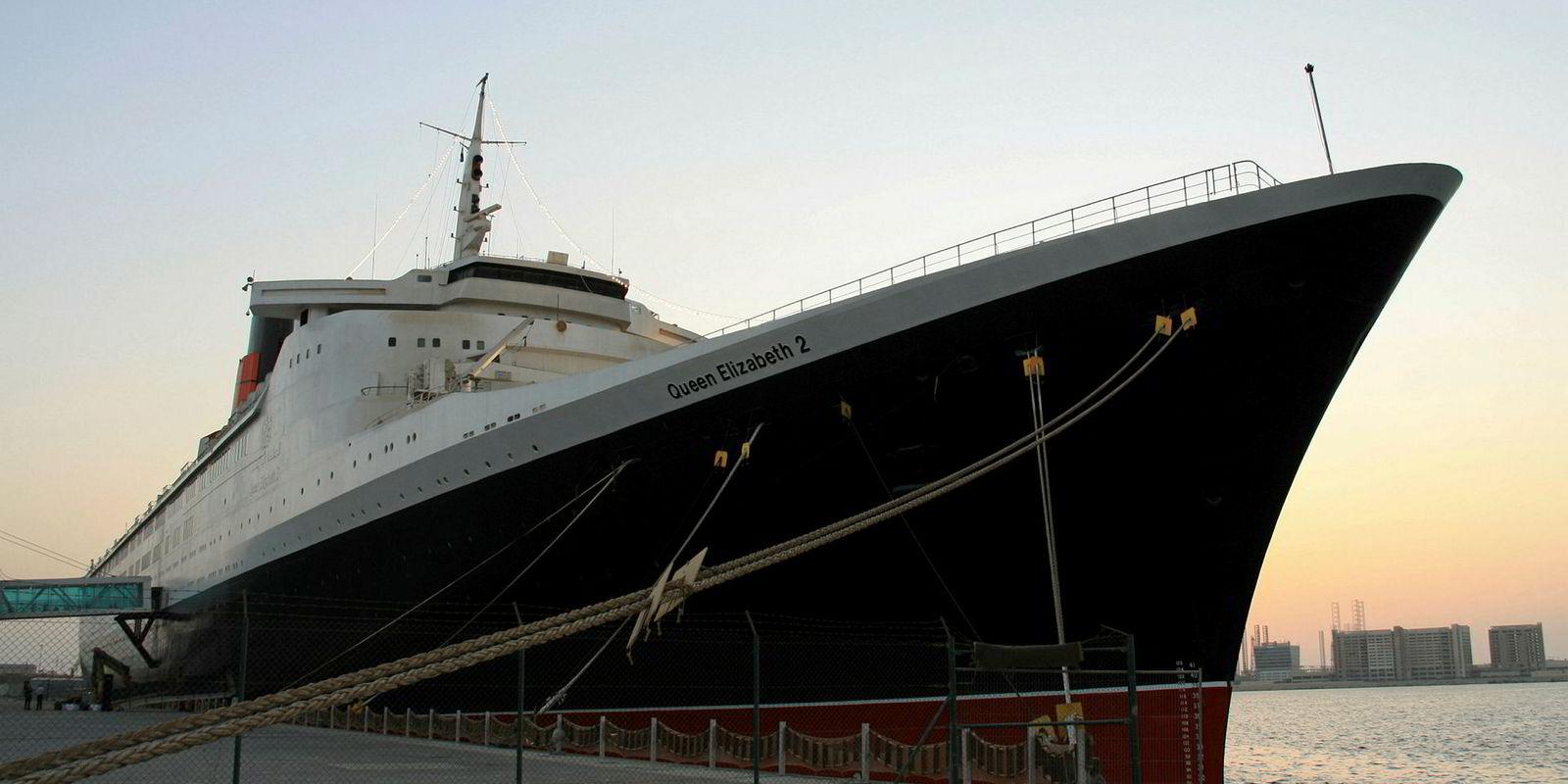
Restoring the vessel has been a monumental challenge. PCFC does not just want it to be a hotel. Knight describes it as a museum, a destination and a hotel — in that order. To retain the history onboard, care has been taken to restore the interior spaces as closely as possible to their original design, while still meeting the expectations of guests looking for the high standards of Dubai’s better hotels.
Walking round the Queen Elizabeth 2, anyone familiar with its past life would find it instantly recognisable today. It looks as though the passenger areas have just been given a thorough refurbishment.
It is behind the scenes that much of the work has been done. This involved replacing 45km of piping and 575km of wiring and installing 500km of data cabling. Even the original water tanks were thoroughly reconditioned to hold 300 tons of water.
The engineering work was carried out by contractors sourced from Dubai’s shiprepair cluster. “We were lucky to have the maritime engineering expertise so close at hand,” Knight says.
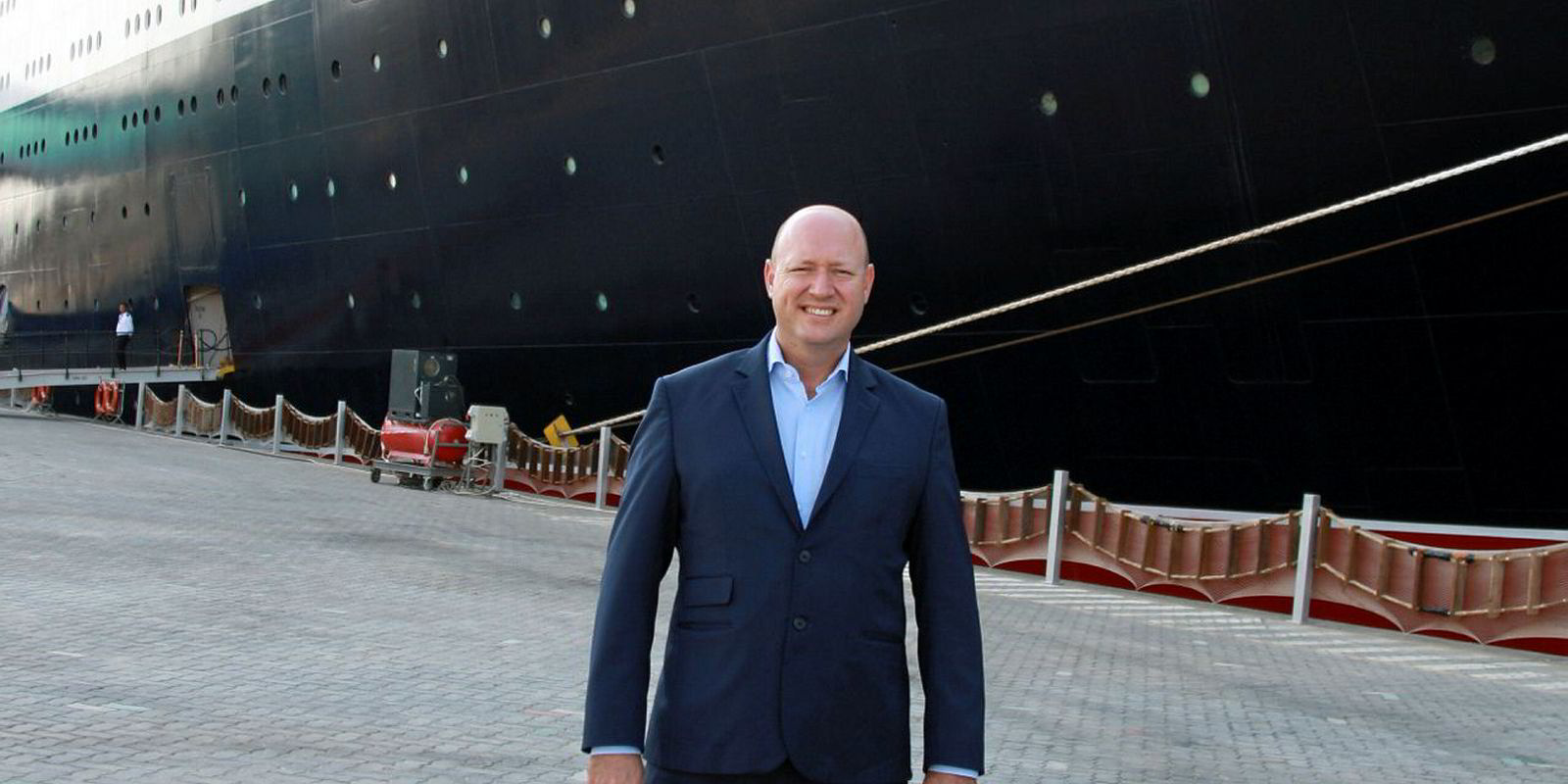
Meanwhile, Dubai’s original cruise terminal in Port Rashid had to be made ready as the Queen Elizabeth 2’s new home. The ship is to be the centrepiece of a residential, lifestyle and marina zone that is being developed in the old commercial port.
The terminal building has been completely renovated as a combination of hotel reception, maritime museum and cafe.
As the Queen Elizabeth 2’s original air-conditioning was not up to the task of keeping it cool during Dubai’s sweltering summers, a new plant was built onshore. Capable of cooling a 35-storey building, it pumps cool air throughout the ship using the original ducting.

When TW+ visited in October, suites on the upper decks and 200 cabins of the two highest decks in the hull were available for bookings. Work on renovating two further decks of cabins was well under way.
Other work included restoration of the open decks into what is billed as Dubai’s largest outdoor venue space, and renovation of the indoor swimming pool.
When it was a transatlantic liner and cruiseship, passengers were entertained, amused and fed in a variety of lounges, bars and restaurants. These remain, although some have been repurposed as revenue-generating spaces, operated directly or through partner vendors.
The two main lounges are now meeting and event spaces. The theatre has been leased to a company that will use it to stage shows and performances. The bars are open for business, as are several casual and formal dining spaces. More restaurant space will be opened up in the future.
Hotel guests will soon have access to an exclusive private beach reached directly from the ship by ferry. Other plans include an onboard hospitality college run by the British Butler Institute.
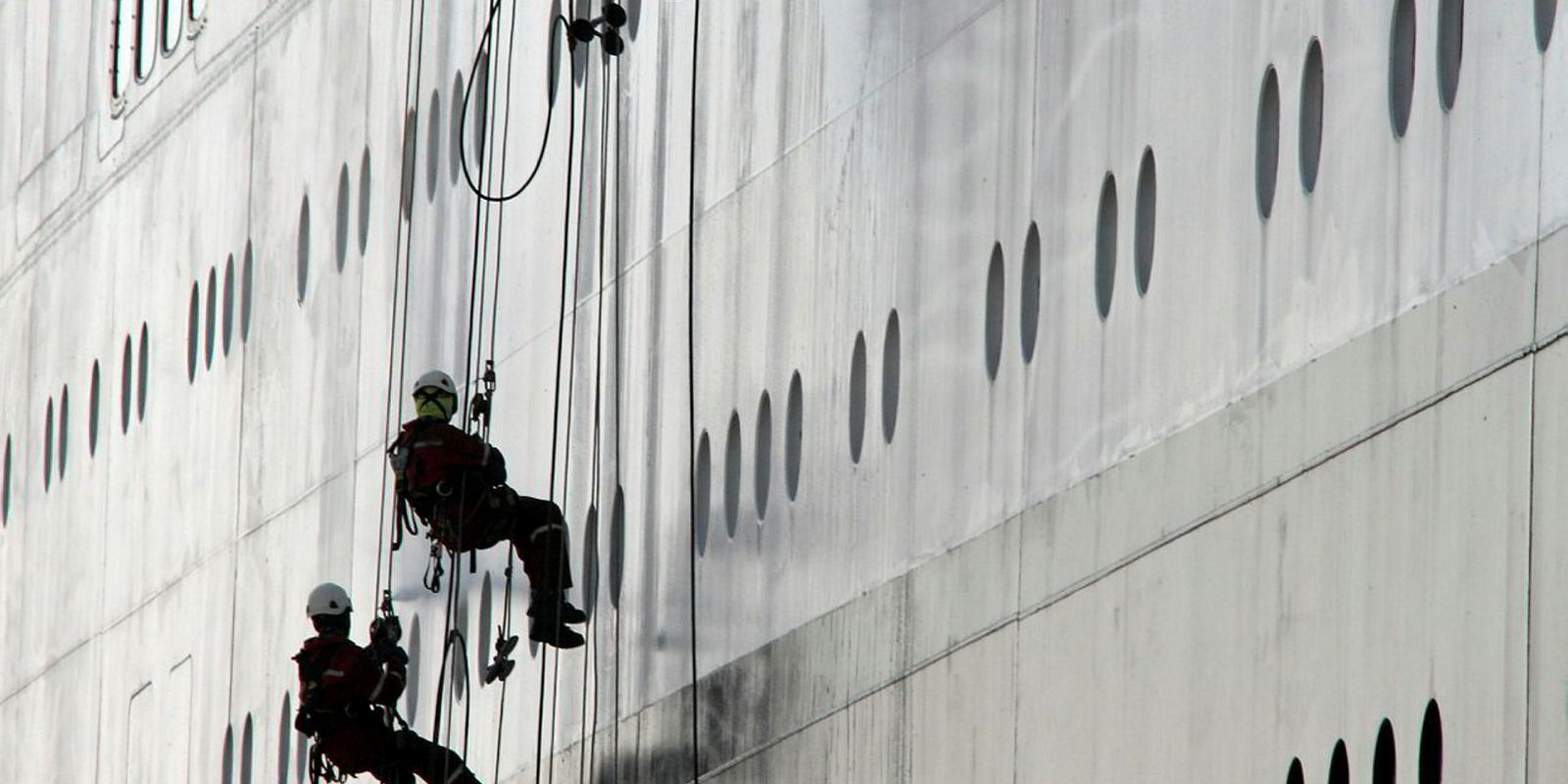
Non-hotel guests can take guided tours of the ship, which will soon include visits to the navigation bridge and engine room.
It is all about creating a “living history” experience, Knight says. “There are lots of things that can be done with the Queen Elizabeth 2 and the area surrounding it. This will be done in stages as demand dictates. Interest in the ship will grow as more facilities open up.”
Despite years heading some of the world’s leading hotels, Knight describes this project as the most exciting of his hospitality career. “Anybody in my industry would have grabbed on to this. It has been the experience of a lifetime.”
He will not, however, reveal the amount of money PCFC Hotels has ploughed into the enterprise. He only hints that it is probably more than what was required to buy the ship, a figure strongly rumoured to be about the $100m mark.
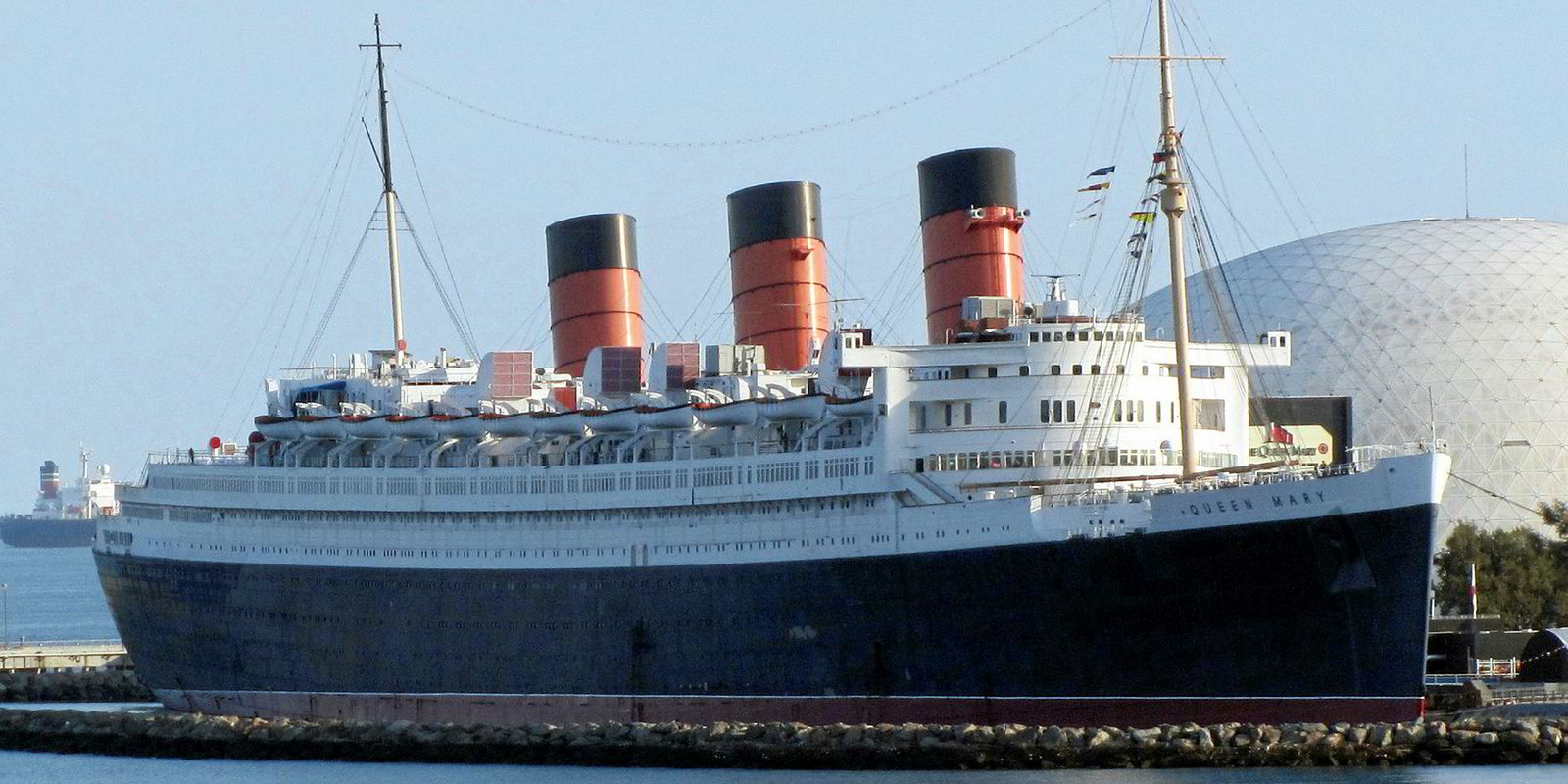
Two Queens and a Grande Dame
Two other famous ships, both still in operation today, served as precedents for the Queen Elizabeth 2 project.
The trend began in 1967 when the City of Long Beach in California bought Cunard’s legendary 81,200-gt transatlantic liner Queen Mary (built 1936) to use as a floating hotel and tourist attraction. The hope was that it would help put the city, long overshadowed by nearby Los Angeles, on the map.
It was the first time such a large ship had been used in a static role. Although many mistakes were made during the conversion, and the ship’s fortunes have waxed and waned as lessors have come and gone, it remains afloat, a living relic of the grand old days of ocean travel.
A more modern example of an ocean liner turned hotel is the Rotterdam (built 1959), which is permanently moored in its namesake port. “The Grande Dame” was acquired by Dutch interests after an active career spanning four decades with the Holland America Line.
The Rotterdam’s conversion was also fraught with difficulties and serious budget overruns. European Union regulations pertaining to asbestos required a costly removal process in which the interiors were disassembled, cleaned, then painstakingly rebuilt. The Rotterdam has operated successfully as a museum, hotel and convention centre since 2010.
Those tasked with converting the Queen Elizabeth 2 in Dubai visited the Queen Mary and the Rotterdam to gain insight into what should be done — and, more importantly, what to avoid.
